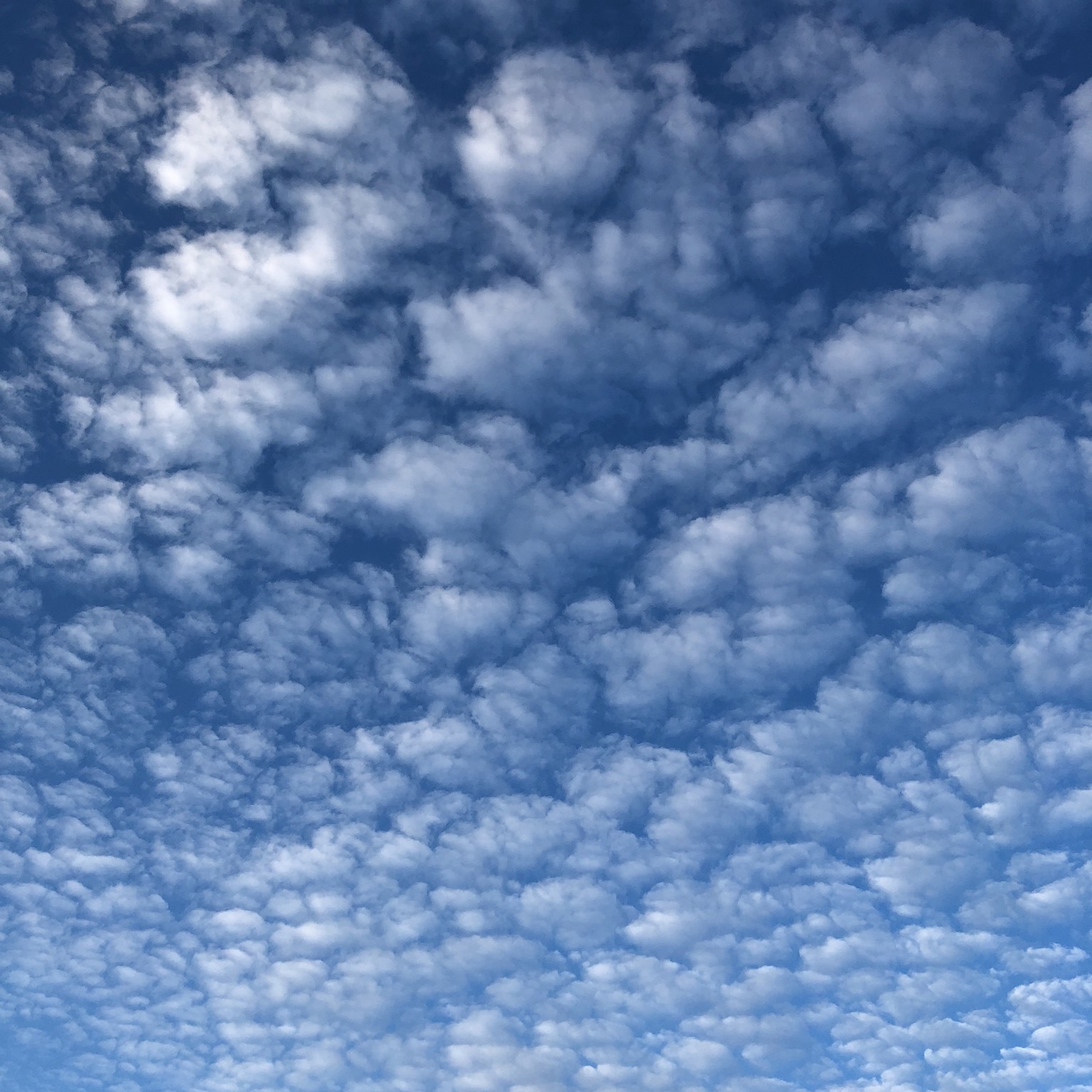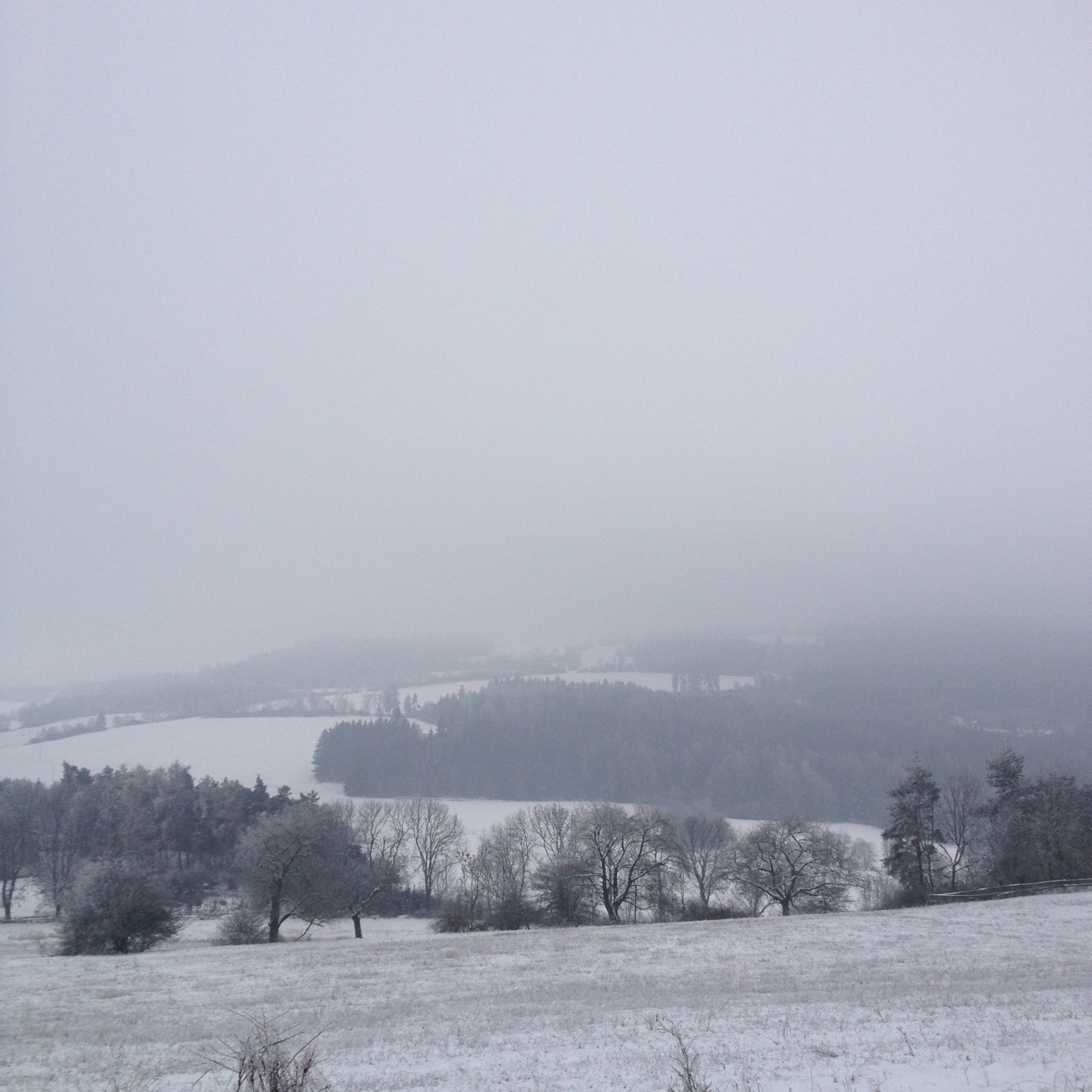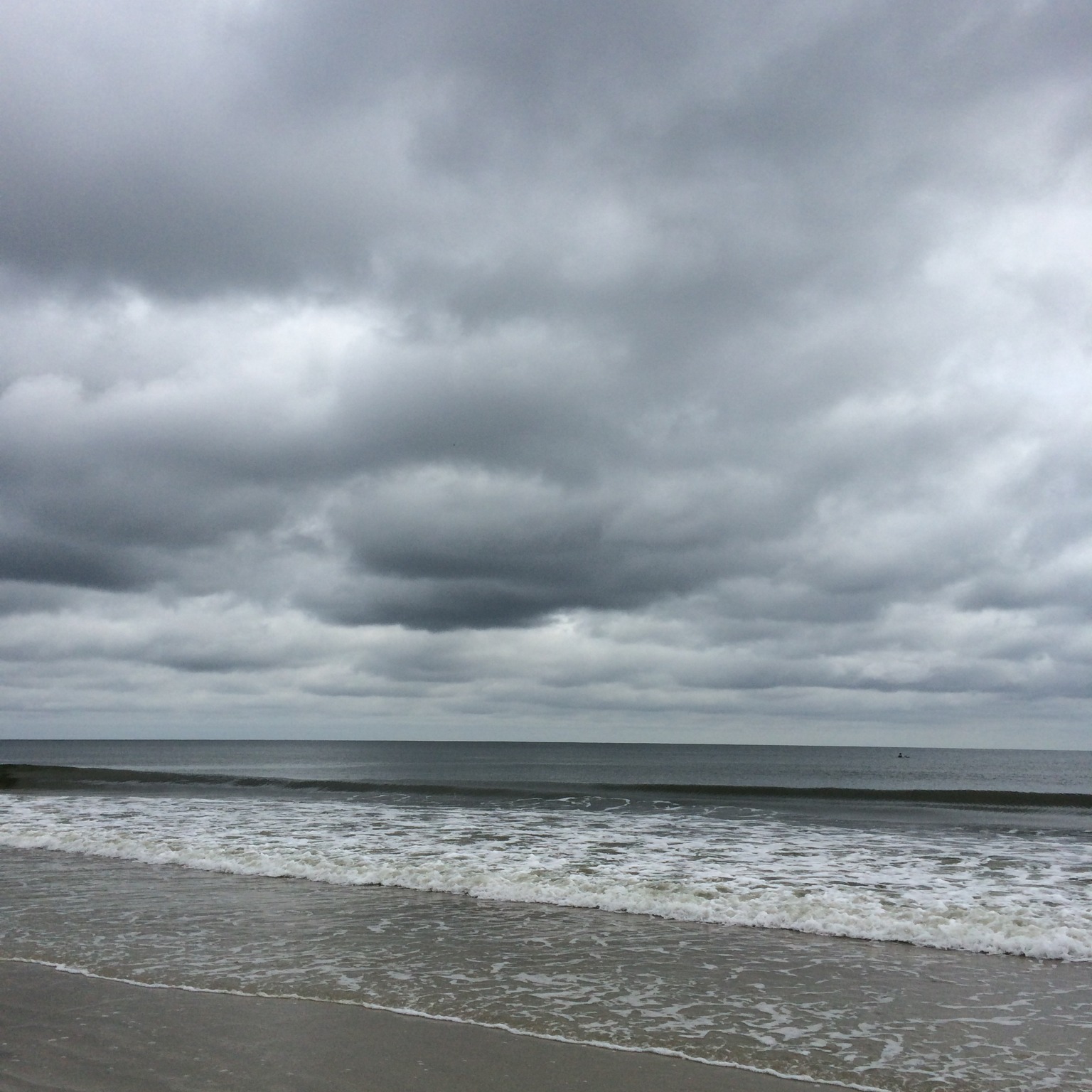These are typically mid-level layers or patches of cloudlets, which form clumps or rolls. They are white or grey, and shaded on the side away from the sun. This distinguishes Altocumulus from the shade-free cloudlets of Cirrocumulus. Another’s the size of its cloudlets. These appear between the width of one and three fingers, held at arm’s length, when they’re more than 30˚ above the horizon.
The form of Altocumulus that stands out from all the others is when it is the species known as lenticularis. Rather than a layer of cloudlets, this Altocumulus is in the form of large, smooth individual clouds. Altocumulus clouds produce the most dramatic and beautiful cloudscapes, especially in the rays of a low sun.






